We recently connected with Megan Ihnen and have shared our conversation below.
Megan, appreciate you joining us today. We’d love to hear the backstory behind a risk you’ve taken – whether big or small, walk us through what it was like and how it ultimately turned out.
Perhaps we’re all familiar with the Anäis Nin quote, “Life shrinks or expands in proportion to one’s courage.” Or, the misattributed Nin quote (which, more accurately, seems to be from Elizabeth Appell), “…and then the day came when the risk to remain tight, in a bud, became more painful than the risk it took to blossom…” Both of these sentiments ring out in my mind when I think about the summer of 2018.
Transitioning through the different stages and stations of a “portfolio career”—one where you derive income from many sources often through different types of creative work—can be a obscure topic. One such transition for me was going from teaching voice lessons at the collegiate level at a few different academic institutions to being a freelance marketing/communications contractor all alongside my singing career. During the 2017-2018 school year, I was traveling for performance gigs about two weeks out of every month. I was on the road a lot. During this time, I was also expected to teach voice lessons and music courses at three different academic institutions. In the days before COVID, we weren’t doing much “distance learning” especially not in the music departments. So, when I would return from a performance/gig elsewhere, I would have to make up nearly 80 lessons across all of my studios. I realized something had to change. I couldn’t continue in this model where I would be gone for a week only to come back to a mountain of work. But, I also wasn’t at a point in my career where singing performances alone were going to pay all of my monthly bills and have money set aside for savings and investments. Early in that spring semester, I had meetings with my various department chairs and gave them my notice that I wouldn’t be returning to teach in the fall. I had let go of the trapeze swing on one side, but I hadn’t fully grasped the next one yet. I was taking the risk of letting go of one to be able to get to the next one.
What transpired next became a model that I’ve used time and again when growing into the next chapter of my career. I took stock of my skills and experience. Poured that into solid materials such as resumes and cover letters. I spent time getting really clear on what this next chapter “could” look like. I essentially wrote out my own job description for remote work in the areas in which I was skilled and passionate. Then, I got in touch with every single person I could think of working in the arts (which by this point was a sizable network of folks.) I let them know that I was looking for opportunities that aligned with the job description I created for myself and asked if they or anyone they knew were looking for that kind of contractor. Lo and behold, they were! Or, more accurately, the clarity of my job description helped them envision what it would be like to have me as an asset on their team.
It was a risk to leave my teaching positions without having the next revenue-generating role in place. It was a risk to envision a new job description or what my life could look like from week-to-week, month-to-month. It was also a risk to reach out to so many people in my network and describe my vision to them. But, they were the right risks to take. Because of those risks, I was able to bring more time freedom and financial freedom into my life. All of that supported my professionally creative career. I don’t have to ask for PTO to take gigs in this country or abroad. I have interesting work that broadens my network in the arts and also supports me when I have breaks between gigs. I get to focus on doing the kind of creative work that takes time to come to fruition because I don’t have to rely only on performance fees to support my life.
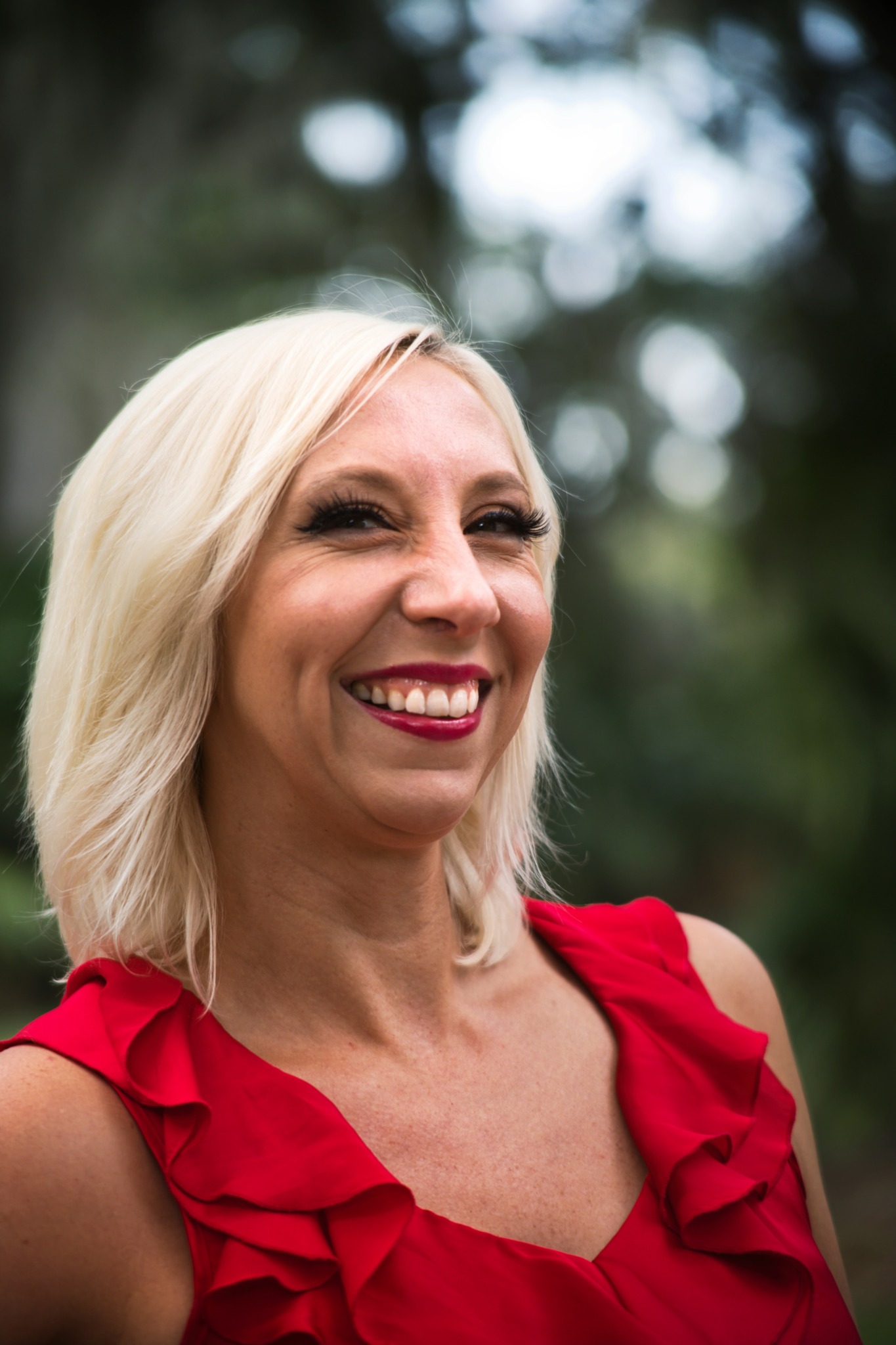
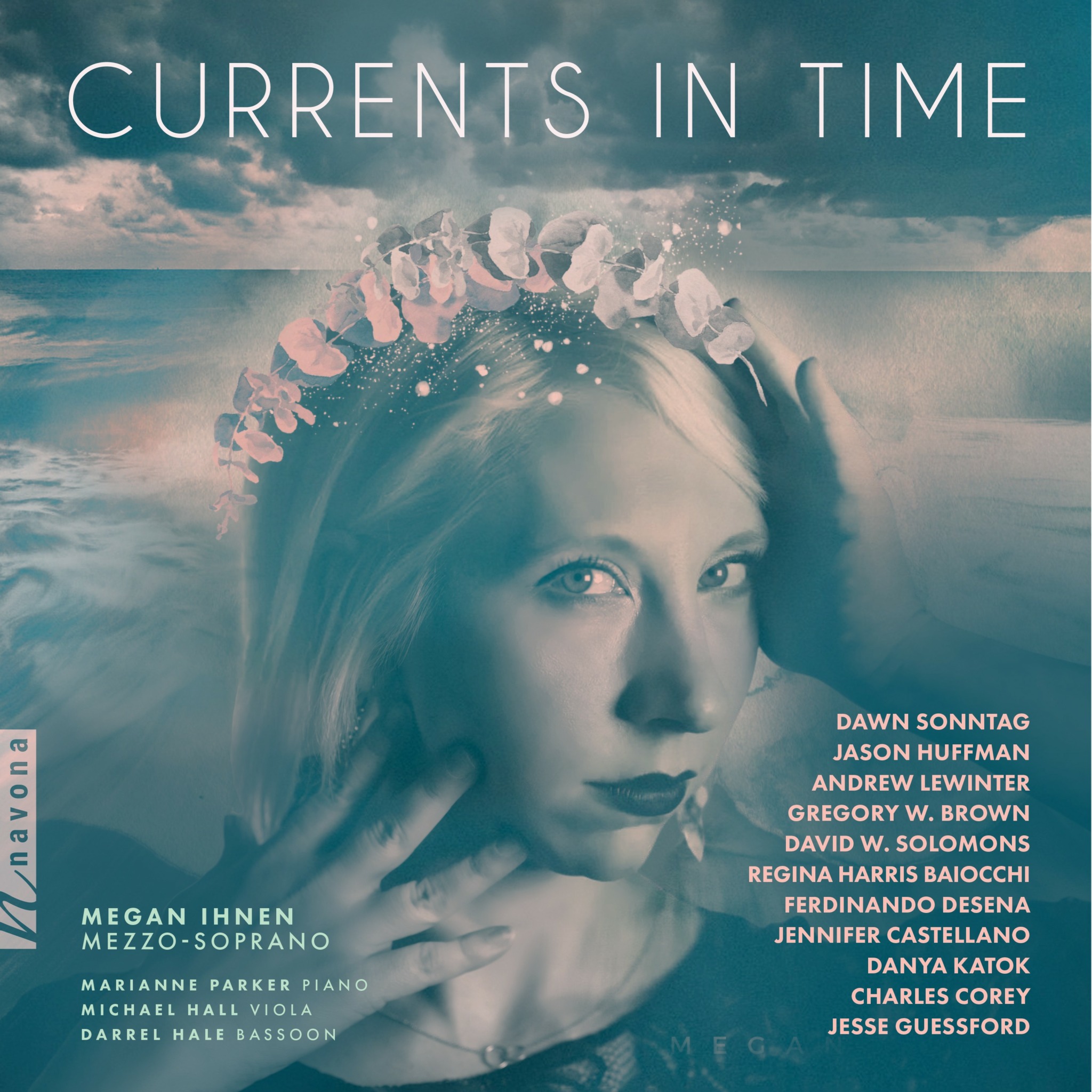
Megan, before we move on to more of these sorts of questions, can you take some time to bring our readers up to speed on you and what you do?
I usually tell this story about working with my high school voice teacher whenever I’m asked about “how did you get into music?” During high school, I was convinced that I would go to college to become a high school choir director. I loved choir and felt so at-home in that space, it only seemed natural that I would focus on that for my degree. One day during a voice lesson, my voice teacher asked me, “Megan, have you ever considered *performing*?” Now, if you see me tell this story in person, there’s a dramatic back of hand swoop to my forehead and overly charismatic facial expressions, “What me?” I replied. “Do you think I really could??” With a knowing and understanding smile, my voice teacher responded, “There’s never a guarantee in the arts, but I think you might enjoy pursuing it.” The reason I tell this story is not because of the funny high school theatrics I had, but because I will never forget the feeling my voice teacher created. It was like being given the biggest permission slip of my life. I didn’t think it was possible to focus on performing as a career. I thought that was a thing for “other people.” Not me. But, here was this person I trusted with my life asking me if I wanted to give it a try. That I might enjoy pursuing it. And, she was right. As a performer, educator, arts administrator, and coach, it’s one of my guiding principles to offer others a permission slip to follow their own path, to enjoy the things they’re curious about, to focus on the creative calling they hear in their soul.
What I create
I treat the voice as an open system. One night it might partner with live electronics and looping pedals in a solo set inspired by storm physics; another evening it threads through acrylic paint splattered graphic scores or provides the live score for a silent-film horror classic from the 1920s. Recent projects include:
Sleep Songs: a multi-album series of wordless lullabies commissioned from living composers for voice, viola, piano, and even a household sound machine;
Black Meridian with my duo Neonautica, where newly commissioned works, pop arrangements, and Beuger’s “ein ton” tell the story of a failing relationship through the metaphor of a black hole;
Curating the New Music Shelf Anthology for Mezzo-Soprano to help singers and teachers discover adventurous repertoire.
Problems I solve
For composers and presenters I offer a collaborator who can read traditional notation one moment and graphic glyphs the next, who can improvise, program electronics, and step into theatrical settings with equal commitment.
For audiences I design concerts that feel like memorable experiences—blankets and cereal at a “New Music Slumber Party,” or hand-drawn animations reframing Kurtág’s “Kafka Fragments” through the eyes of mountaineer Junko Tabei (the first woman to climb Mt. Everest.)
For emerging artists I teach career strategy at Peabody Institute’s Professional Studies Department and engage in advocacy work through the Recording Academy.
What sets me apart
A catalog of over one hundred works written specifically for my voice.
Comfort across mediums: voice, viola, keyboards, small percussion, and live electronics.
A track record of building community infrastructure, from being the executive director for the Live Music Project to serving on grant panels for New Music USA and the Copland Fund.
Midwestern grit paired with curiosity; I will rehearse in a fossil gorge at sunrise if that is where the piece lives best.
Pride points
I am proud that Houston Grand Opera trusted me with both Cage’s iconic 4′33″ in its Religare series; that PARMA’s Navona label invited me to curate and record CURRENTS IN TIME; and that students who once attended my workshops now commission and premiere their own boundary-pushing works.
What I hope you remember
My ethos is built on imaginative risk, deep collaboration, and respect for listeners’ capacity to be surprised. Whether you are a composer seeking an adventurous vocal partner, a presenter curating a program that blurs genre lines, or an audience member ready to hear the familiar instrument of the voice in unfamiliar ways, my work invites you into that sandbox.

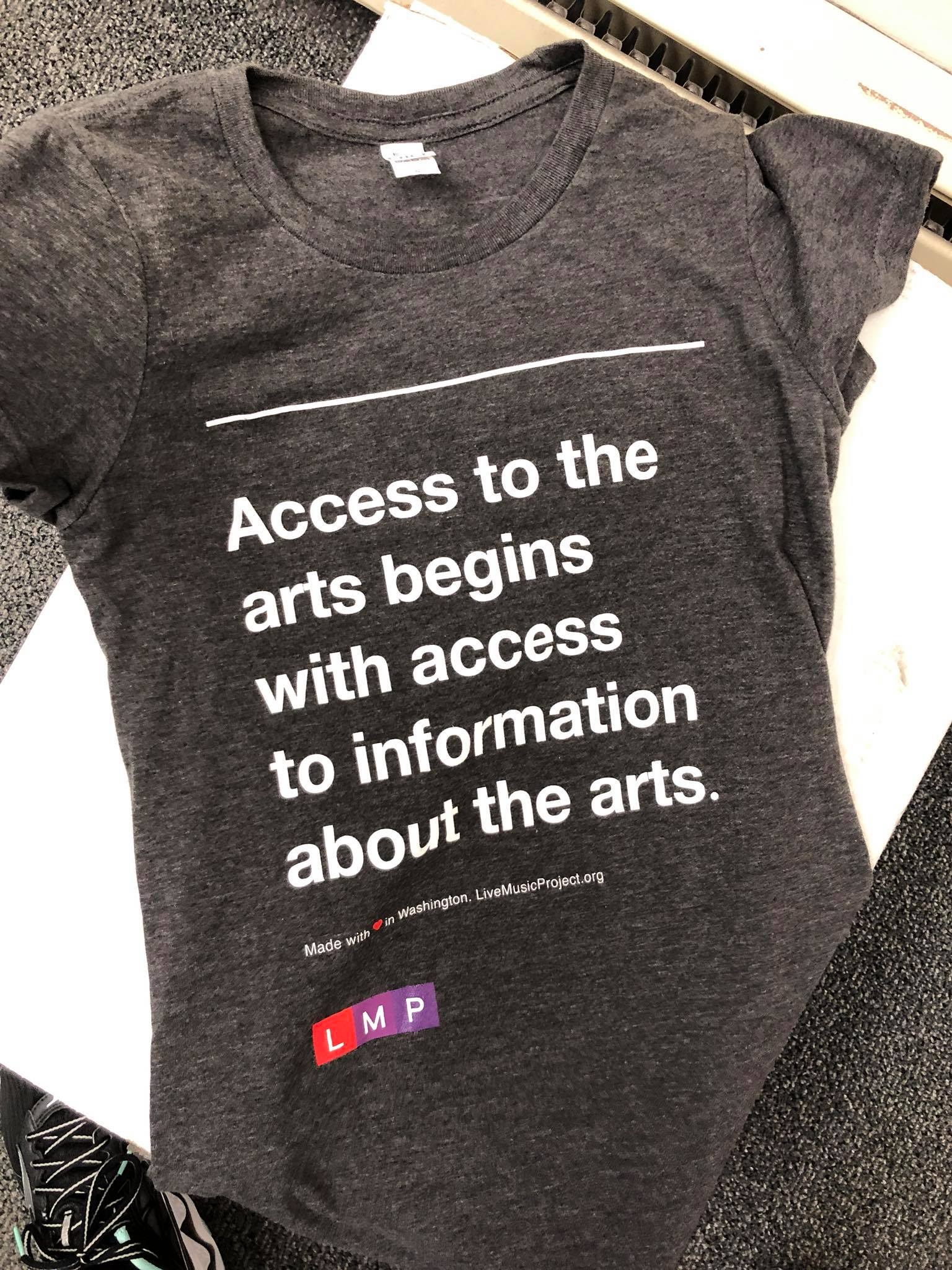
Are there any books, videos or other content that you feel have meaningfully impacted your thinking?
Yes—my management and entrepreneurial thinking have been shaped almost entirely through deep, ongoing self-education. I didn’t go to business school, but I did read like I was building my own. A few cornerstone resources stand out:
Profit First by Mike Michalowicz fundamentally reshaped how I think about cash flow and sustainability—not just for me, but for every organization or project I manage. His follow-up books like Clockwork and Get Different added clarity around delegation and differentiation.
Denise Duffield-Thomas’s Chillpreneur and her Money Bootcamp course helped me unravel some deeply embedded scarcity thinking and taught me to reframe pricing and value in both my artistic and consulting work.
The Smart Passive Income podcast with Pat Flynn and The Tim Ferriss Show gave me tactical insight into digital business models and content-driven audience building. I listened to them obsessively—like daily—and often paused to implement ideas in real time.
From the arts world, Twyla Tharp’s The Creative Habit: Learn It and Use It for Life, Julia Cameron’s The Artist’s Way: A Spiritual Path to Higher Creativity, and Jeri Goldstein’s How to Be Your Own Booking Agent: THE Musician’s & Performing Artist’s Guide to Successful Touring were essential in helping me bridge the gap between traditional classical training and the entrepreneurial skills needed to actually build a career. I also found a lot of value in the Artist U model from Andrew Simonet, which I took as an in-person workshop.
And honestly? A lot of my thinking was shaped by organizing my learning in public—through blogging. My 29 Days to Diva series on the Sybaritic Singer became a framework for testing and documenting real-world strategies, drawn from sources like The $100 Startup, Show Your Work!, and dozens of articles I discovered through Pinterest and niche creative blogs from the 2010s.
Taken together, these resources gave me a layered philosophy: root your work in values, understand the mechanics of money, communicate clearly, and build systems that support creative longevity.

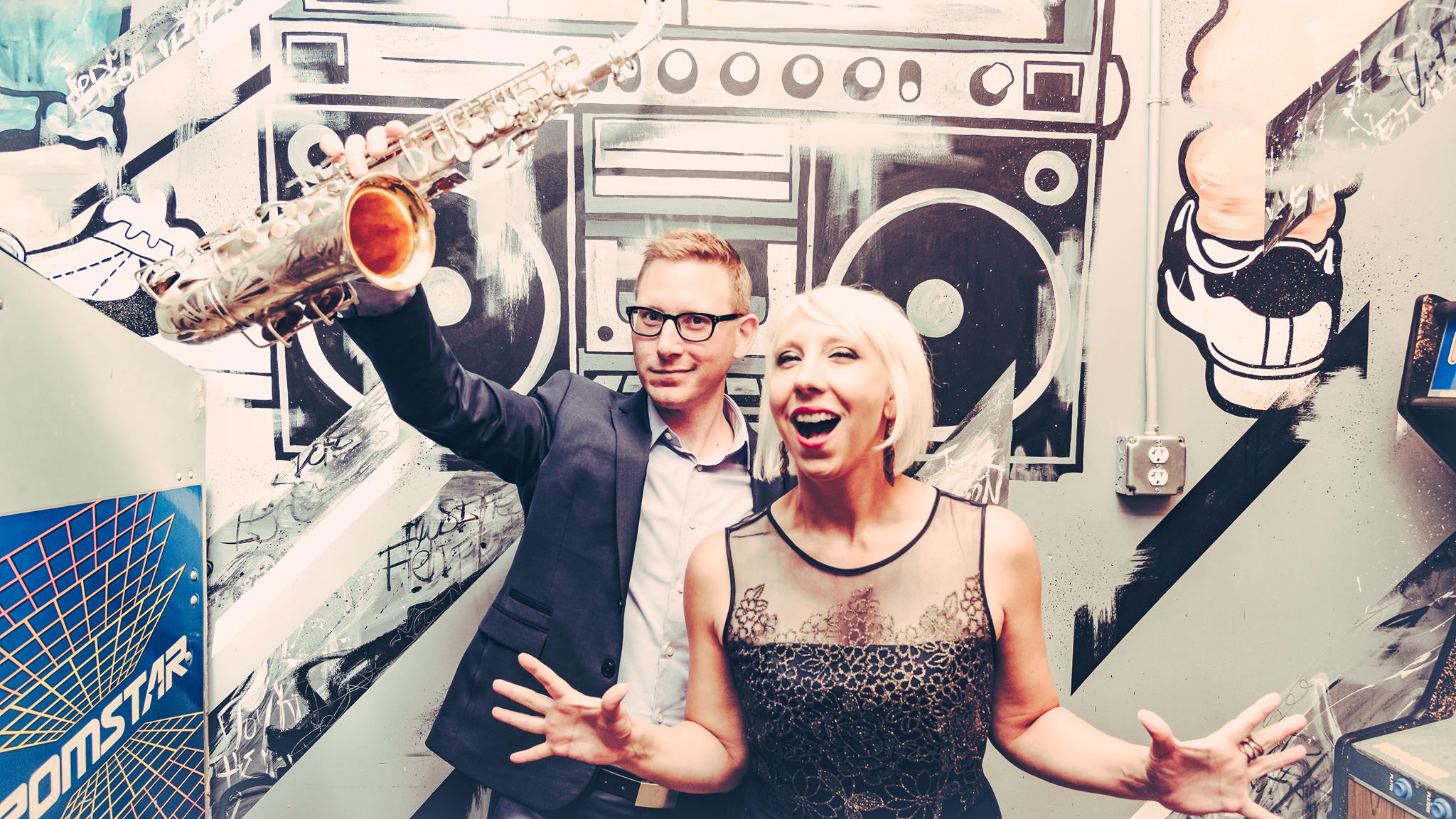
Looking back, are there any resources you wish you knew about earlier in your creative journey?
Absolutely. One of the resources I deeply wish had existed earlier in my creative journey is the Live Music Project. LMP didn’t come onto the scene until a little later in my career, but if it had been around when I was first navigating life as a working artist, it would have been an indispensable tool. In fact, it’s an indispensable tool to me now as an artist. Beyond simply listing my own performances on the calendar as a marketing and audience development tool, I have come to see some of the incredible ways it would have helped me earlier on.
As a performer, I was always looking for ways to better understand the ecosystem I was trying to be a part of. I was asking, “What kinds of concerts were being programmed, where they were happening, who was performing them, and how I might fit into that picture?” LMP’s calendar is incredibly robust and artist-friendly. I would’ve used it to research venues that aligned with the kind of music I was performing, to learn which presenters were championing new music or emerging artists, and to track trends in programming so I could tailor my outreach and proposals more effectively.
I also spent a lot of time trying to build relationships and support other artists in my community (and still do!) But when you’re on a tight budget, even something like going out to concerts regularly can be a challenge. LMP highlights free and budget-friendly performances, so I could have engaged with my local music scene more consistently without breaking the bank.
While “discovery” can be an oft-cited but somewhat mythical outcome, LMP actually delivers here. Through the LMP calendar, I now regularly stumble upon composers, performers, and organizations that are new to me. That kind of access to information isn’t just helpful, it’s motivating. It would’ve helped me build better tours, forge smarter collaborations, and grow a more intentional, informed artistic network much earlier in my career.
That’s actually part of why I started working with the organization in 2018 and eventually became its executive director. I saw how powerful LMP’s tools were. Yes, LMP builds these tools for eager listeners; however, we also build them for artists navigating a notoriously fragmented industry. I believe so strongly in its mission of connecting people to live classical music and building community through access to information, because I know firsthand how much that access matters.
Contact Info:
- Website: https://www.meganihnen.com
- Instagram: @mezzoihnen
- Facebook: https://www.facebook.com/mezzoihnen
- Linkedin: https://www.linkedin.com/in/meganihnen/
- Twitter: @mezzoihnen
- Youtube: https://www.youtube.com/@MeganIhnen
- Other: Spotify: https://open.spotify.com/artist/05QwpQMMbMwcgz0MZMpk7L?si=hAXSuj9fS2O7hnPklQPFQg
Bandcamp: https://meganihnen.bandcamp.com/ & https://neonautica.bandcamp.com/
Live Music Project: https://www.livemusicproject.org
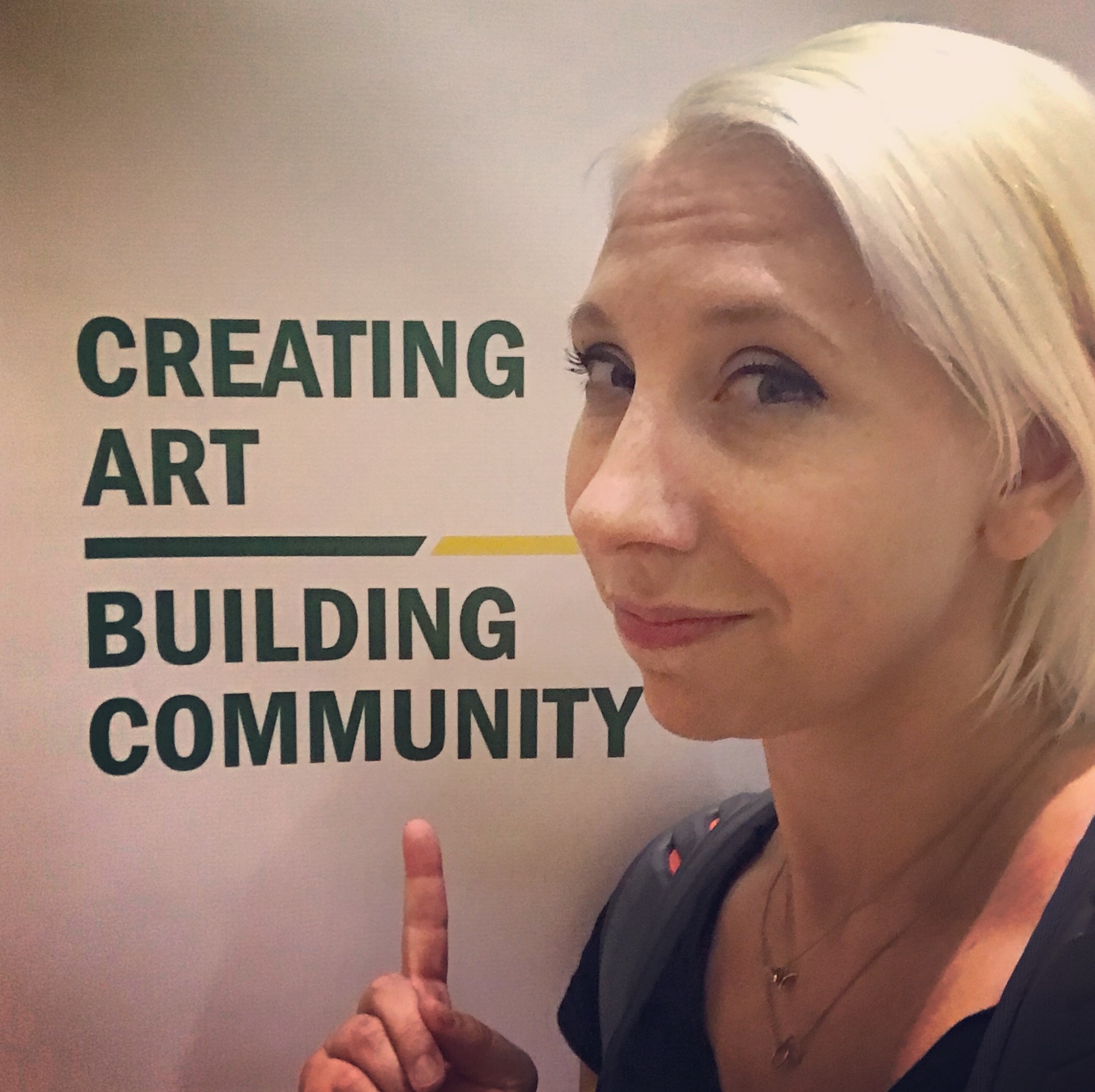
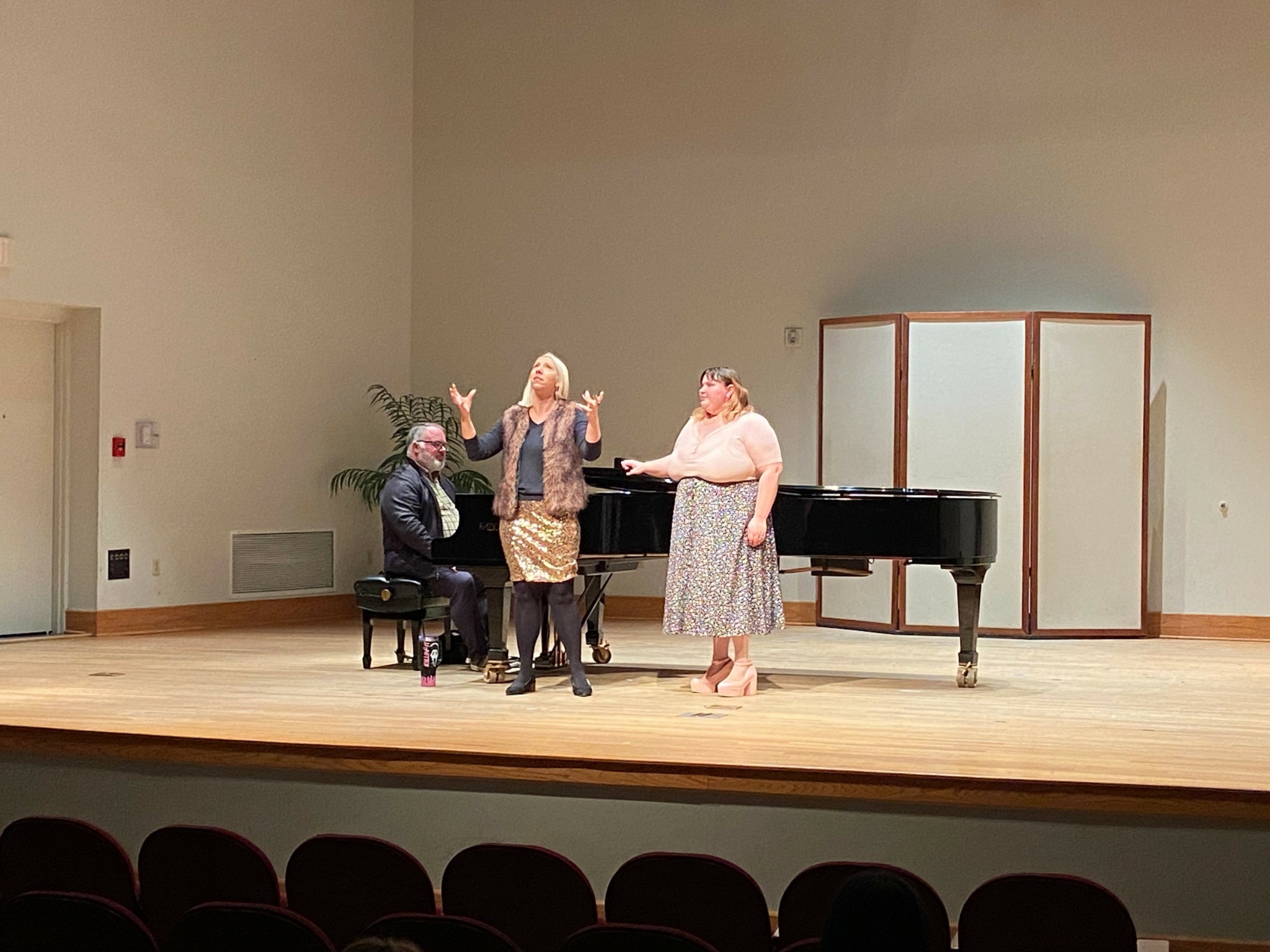
Image Credits
Scott Colesby
Karl Otto


